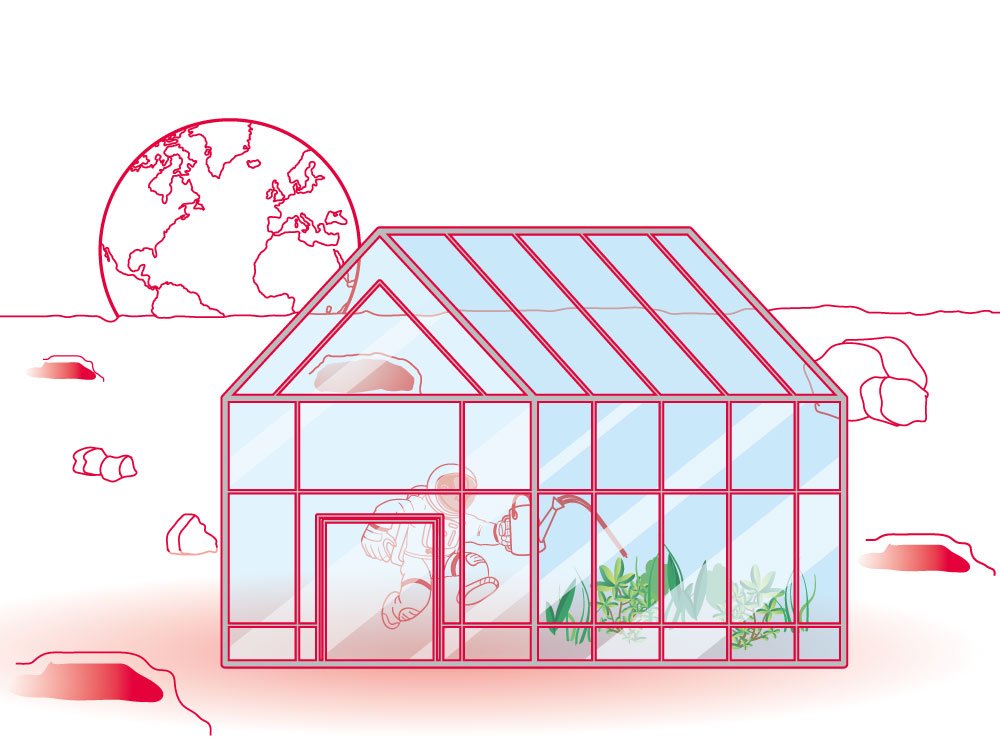AstroCrops - Pěstování rostlin pro budoucí vesmírné mise
V této sadě aktivit si studenti během 12 týdnů osvojí znalosti o klíčení a růstu rostlin a budou sledovat vývoj tří neznámých rostlin.
Budou provádět měření a pozorování, aby vyhodnotili růst a zdravotní stav své rostliny.
Studenti na základě svých pozorování vytvoří hypotézu o tom, které druhy rostlin pěstují, a budou diskutovat o tom, zda jsou tyto rostliny vhodné pro pěstování na dlouhodobých vesmírných misích.
Cíle výuky:
Věkové rozmezí:
8 - 12 let
Čas
Lekce: 30 minut týdně po dobu 12 týdnů
Zdroj je k dispozici v:
Aktivita 1: Nechte to růst
V této aktivitě budou studenti sledovat vývoj tří neznámých semen. Jak se semena vyvíjejí v dospělé rostliny, naučí se studenti provádět vědecká pozorování a zaznamenávat údaje, aby mohli sledovat růst v čase. Studenti by měli aktivitu zakončit prezentací svých výsledků v dopise Paximu.
Vybavení
Věděli jste to?
Astronauti už jedli jídlo vypěstované ve vesmíru! V srpnu 2015 astronauti na palubě Mezinárodní vesmírné stanice jedli svůj první vesmírný salát - červený římský salát.
Byl pěstován ve speciální pěstební jednotce Veggie, která poskytuje osvětlení a živiny. Na tomto obrázku je vidět, jak salát roste.
Byl pěstován ve speciální pěstební jednotce Veggie, která poskytuje osvětlení a živiny. Na tomto obrázku je vidět, jak salát roste.
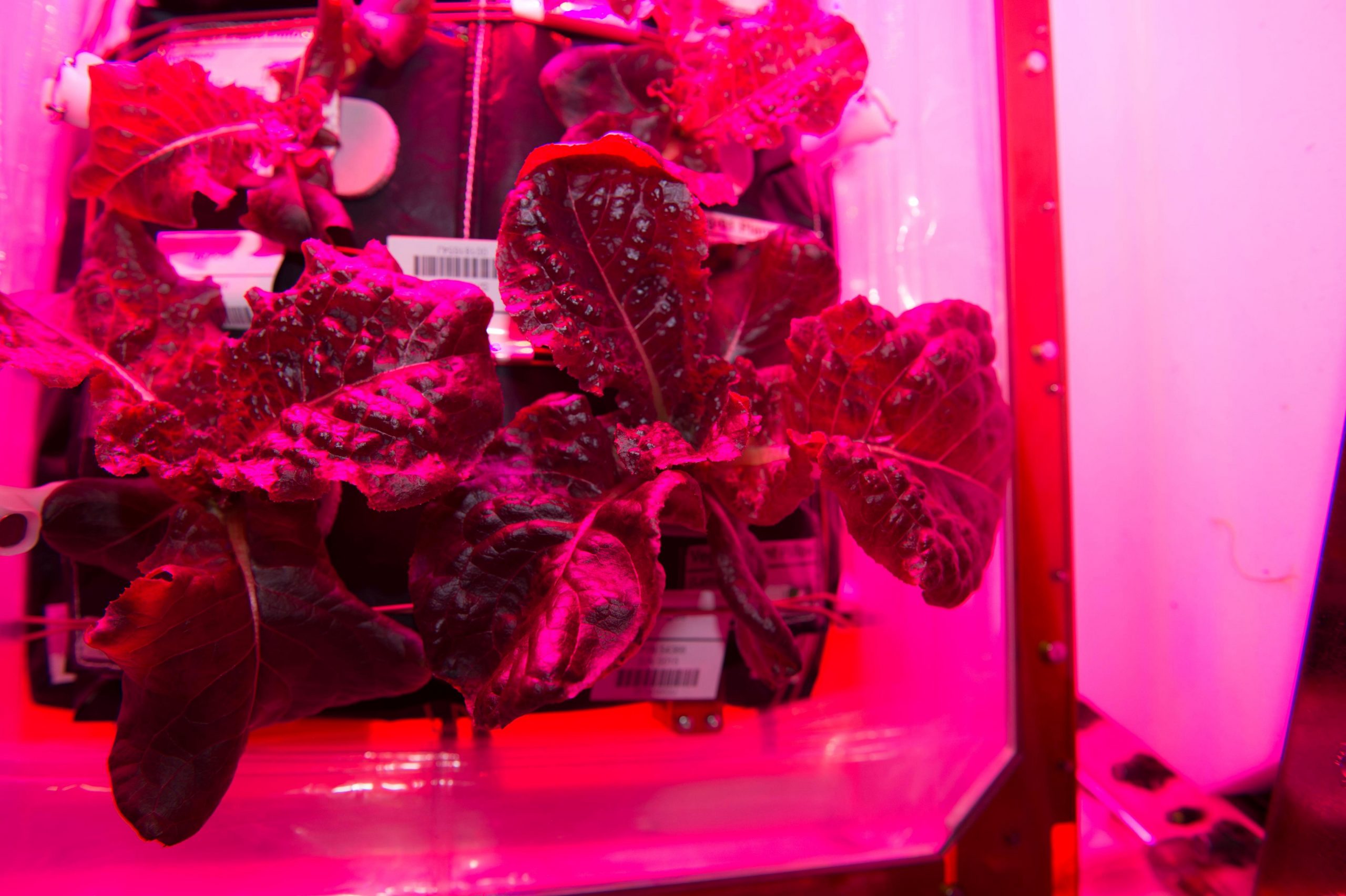
Červený římský salát pěstovaný na ISS
Klíčová slova:
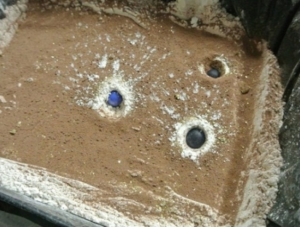
Poznávací znamení padající hvězdy - Komety, meteory a krátery ve Sluneční soustavě
Stručný popis: Pro mnoho starověkých civilizací byl příběh o padající hvězdě předzvěstí budoucích událostí. V této sérii aktivit žáci
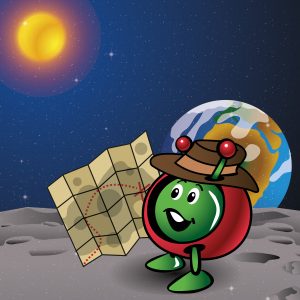
Mise na Měsíci - naprogramujte spolužáka, aby dokončil misi na Měsíci.
Stručný popis: Tato aktivita seznámí studenty s logickým myšlením prostřednictvím plánování, testování a realizace jednoduché mise na Měsíc. Studenti budou pracovat v
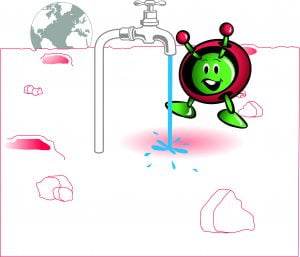
Voda na Měsíci - Filtrace měsíčních ledových jader za účelem získání vody
Stručný popis: V tomto materiálu žáci stráví jeden den zaznamenáváním přibližného množství vody, které spotřebují při různých činnostech. Poté následuje



